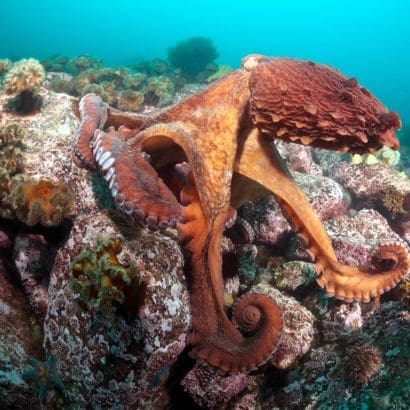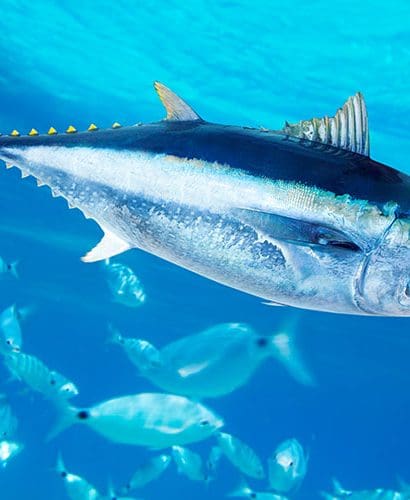
Isolation can take many forms, from physical barriers like mountains and rivers to more subtle factors like habitat fragmentation due to human activity. These processes of isolation play a crucial role in the evolution and distribution of species, as well as in the overall health of ecosystems.
Contents
Geographic Isolation and Species Evolution.🐟
What is Geographic Isolation?.
Geographic isolation occurs when a population of organisms is separated from exchanging genetic material with other populations of the same species due to physical barriers. This type of isolation is fundamental to speciation, the process by which new species evolve.
Examples of Speciation through Geographic Isolation.
One of the most iconic examples of speciation through geographic isolation is Darwin’s finches on the Galapagos Islands. These birds diversified into several distinct species after becoming isolated on different islands, adapting to different ecological niches.
Isolation and Habitat Fragmentation.🐟
Impact of Habitat Fragmentation.
Habitat fragmentation is one of the major problems caused by human activities such as deforestation and urbanization. This fragmentation creates “islands” of habitat that can isolate populations of species, reducing their genetic diversity and increasing their vulnerability to local extinctions.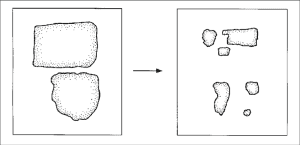
Consequences for Biodiversity.
Species trapped in fragmented habitats face multiple challenges, including decreased population sizes, loss of genetic diversity, and greater susceptibility to diseases and extreme weather events.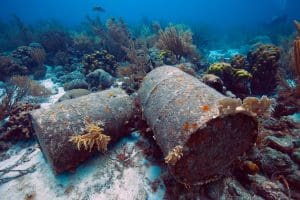
Isolation in Aquatic Ecosystems.🐟
Barriers in Marine Ecosystems.
In the oceans, isolation can be caused by factors such as ocean currents, water temperature variability, and depth. These barriers can limit the dispersal of marine species, leading to the formation of unique endemic species in isolated areas.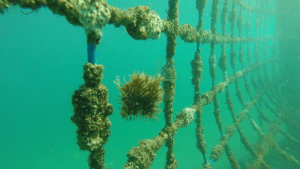
Isolation and Biodiversity in Lakes and Rivers.
Freshwater ecosystems, such as lakes and rivers, also experience isolation. For example, isolated lakes can harbor fish species found nowhere else, contributing to high local biodiversity.
If you also want to know about some recipes related to the marine world, I invite you to read our article on, 5 recipes with Cachama fish.
Conservation Implications.🐟
Conservation Strategies.
Understanding the role of isolation in biodiversity is crucial for developing effective conservation strategies. Nature reserves and ecological corridors are important tools for mitigating the effects of isolation and habitat fragmentation.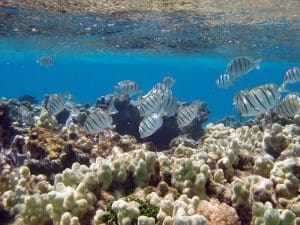
Importance of Connectivity.
Promoting connectivity between fragmented habitats is essential for maintaining biodiversity. This can be achieved through the restoration of natural corridors and the implementation of land-use practices that minimize fragmentation.
Questions about Isolation and Biodiversity.🐟
How does geographic isolation affect biodiversity?
Geographic isolation can lead to speciation, where species evolve differently in different areas, thereby increasing biodiversity.
What is habitat fragmentation and how does it impact species?
Habitat fragmentation occurs when habitats are divided into smaller parts, which can isolate populations and reduce their genetic diversity and survival.
How can conservation strategies help mitigate the effects of isolation?
Conservation strategies such as creating ecological corridors and restoring habitats can help maintain connectivity between isolated populations, thus promoting biodiversity.


